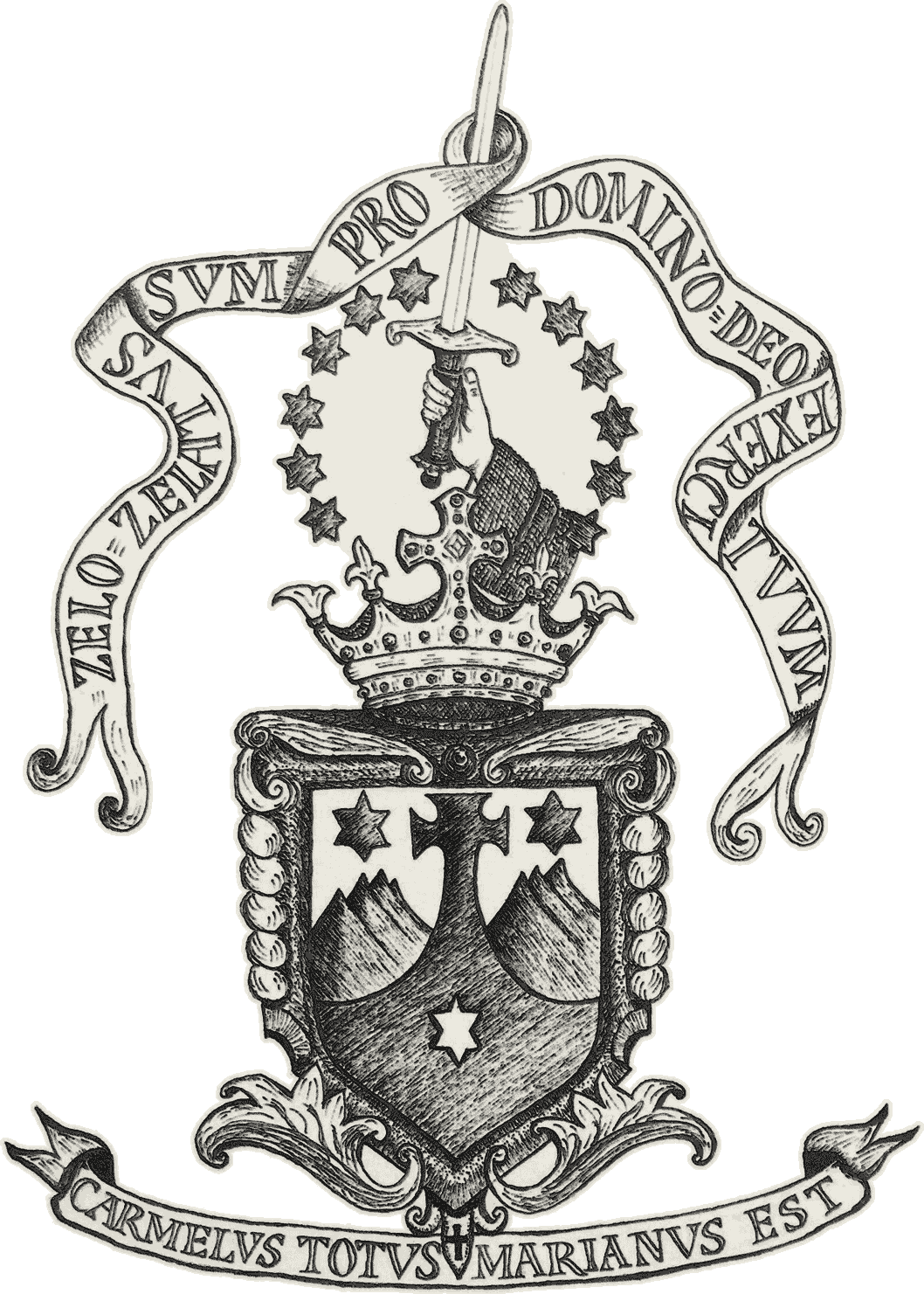A hallmark of the Discalced Reform undertaken by Ss. Teresa of Jesus and John of the Cross consists in the renewed emphasis the Carmelite reformers placed upon the place of mental prayer in the contemplative religious life. The voluminous writings of both Ss. Teresa and John do not so much concern methods of prayer, but rather the importance of mental prayer in the Christian spiritual life and the ordinary progression of a soul towards what they term transforming union,
sometimes known by the analogous terms of union with God
or mystical marriage.
From the attention they afforded to mental prayer, they intended to stress the oft forgotten truth that man is called to enter into a relationship with the Trinity of Divine Persons in this life that is perfectly fulfilled in the unending face-to-face of heaven.
Concretely, their sons and daughters have thereafter maintained the practice of two hours of mental prayer daily where the contemplative communes with God in love. It is, therefore, our practice to spend one hour before the Blessed Sacrament hidden in the tabernacle and the other in the solitude of the cell or hermitage where the contemplative enters into a colloquy of love with Jesus and Mary. According to custom, one hour of mental prayer is sometimes replaced with a special festive homily or conference. Nonetheless, the two hours of mental prayer form two bookends
to a monk's day wherein he enters into a loving conversation with God Who is found in silence and stillness.
Sometimes mental prayer is best discovered by considering what mental prayer is not. Namely, mental prayer is not the construction of theological treatises in our heads, masterfully eloquent homilies, nor the composition of romantic swoons. Nor is mental prayer endless reading from theological manuals, pious reflections, or the biographies of the saints. In fact, such reliance upon our efforts alone can kill mental prayer. Mental prayer too is not a regurgitating of the day's events or a dissection of difficult interactions. Mental prayer, rather, is characterized at its core by a love of God that is born from knowing God and flows forth into the Lord's service and the service of the Church.
Mental prayer in the Carmelite tradition ought not to be regarded as divorced from the Church's liturgical life. Instead, mental prayer finds its source in the sacred liturgy and returns to the liturgy. Ss. Teresa of Jesus and John of the Cross were careful to maintain the primacy of divine worship in the Sacraments, tirelessly admonishing their devout and frequent reception, while still recognizing that mental prayer has an essential and indeed vital place in the spiritual life. Another great Carmelite, St. Mary Magdalene de' Pazzi helpfully taught contemporaneously to the Discalced Reformers that the religious's mental prayer can be conceived as twelve hours of preparing for the sacred liturgy and twelve hours thanking God for the liturgy. Mental prayer must never, therefore, take the place of the liturgy, but rather perpetuates the liturgy throughout the day.
Ever eager for methods, we might wonder what we are to do
during mental prayer. While this question is properly one addressed by the spiritual director, a monk's mental prayer can be distinguished between the ascetical and the mystical or contemplative, namely between what the monk does through prayer and penance and what God gives when and how He wills to those in the illuminative and perfect way. Most important for those discerning the Carmelite life is not attempting to discern what mansion one is in, nor dreaming up extraordinary mystical graces, but rather setting aside time each day to love God in the depths of one soul: speaking tenderly to the Lord as to one's Best Friend and, perhaps more importantly, listening to the Lord. As one advances in the spiritual life, mental prayer becomes ever simpler, purer, and less complicated. How deluded we are when we think that to be a contemplative religious means that our mental prayer consists of extraordinary graces such as locutions, visions, and the stigmata! While God does indeed grant these graces as He wills, nonetheless mental prayer well spent is best discovered through the life of virtue; when we find ourselves growing in virtue, we can be certain that our mental prayer is bearing fruit in configuring us ever closer to our proper identity as Christian disciples. For the beginner in the spiritual life, most important is simply to develop the practice of mental prayer under the guidance of one's spiritual director.
In discerning a Carmelite vocation, it is not enough to simply feel called to practice mental prayer, since all Christians are called to become holy and we cannot become holy without entering into a relationship with the Father, Son, and Holy Spirit. Instead, a Carmelite delights to find God throughout the day, in all of the day's events however ordinary and mundane. According to the Carmelite custom, this practice is known as the practice of the presence of God famously taught by Discalced Carmelite Br. Lawrence of the Resurrection. In the midst of life's most routine activities of performing one's daily duties, the monk makes remote preparation
for his times of mental prayer, calling to mind God's presence as St. Teresa famously proclaims amongst the pots and pans.
For those discerning a vocation to our life, no surer evidence of a vocation can be had than finding the Divine Child while doing maintenance or marveling in the presence of the Virgin Mother while cooking or cleaning. Just like the prayer life, the Carmelite mystical life delights to remain at Nazareth in littleness and childlike simplicity.
A final word is in order concerning the practice of adoration of the Blessed Sacrament, so beloved to the Christian faithful. In the tradition of Ss. Teresa of Jesus and John of the Cross, exposition of the Blessed Sacrament and Benediction occur on Sundays and Solemnities, but a monk's daily Holy Hour is spent before Jesus hidden in the Blessed Sacrament. The Carmelite relishes to contemplate the hiddenness of the Lord dwelling upon the Altar and like the Holy Eucharist, the Carmelite calling too is to be hidden. For those who seek perpetual adoration, this has never been a part of the Carmelite reform. Instead, candidates to our life must learn to love the Lord hidden behind the closed tabernacle doors and like Him to hide themselves behind the monastery's walls and grilles where they spend their lives loving the good God and drawing down upon the world heaven's choicest graces.

